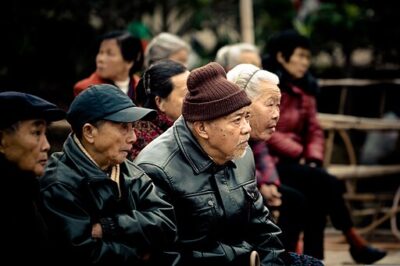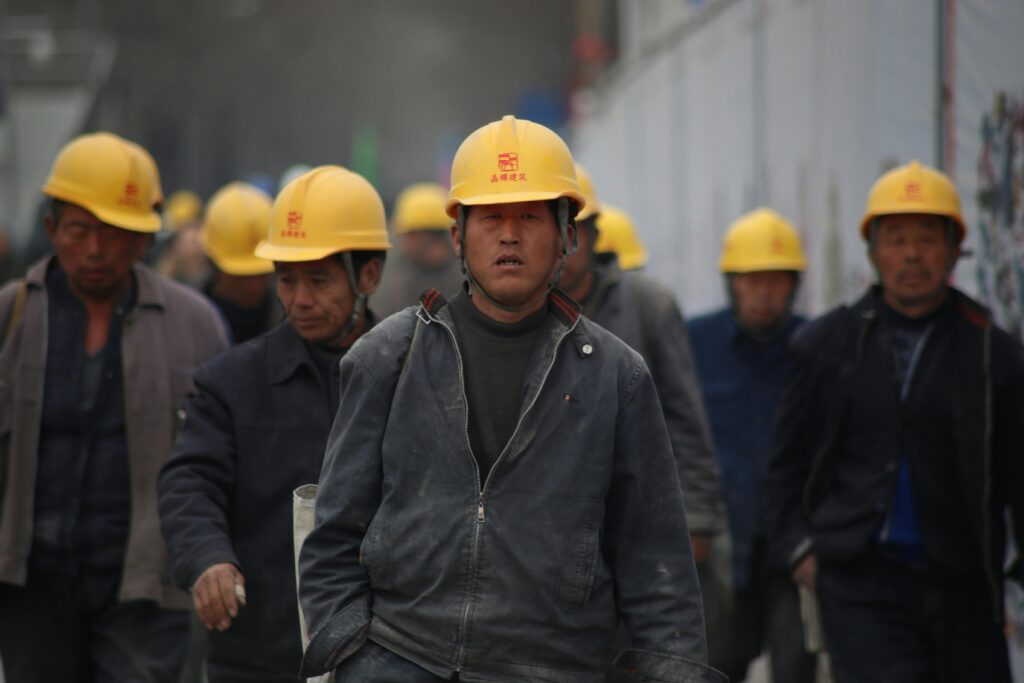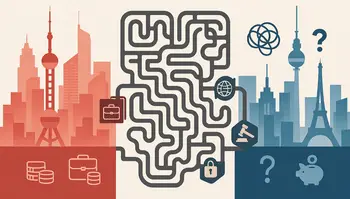
In this comprehensive analysis, we explore the various facets of China’s aging population, providing detailed insights into its causes, effects, and potential solutions.
China, the world’s most populous country, is facing a demographic shift of unprecedented scale. The aging population in China presents both challenges and opportunities that will shape the country’s future economic and social landscape.
As the number of elderly citizens grows, the implications for healthcare, the workforce, and the economy become increasingly significant.
Demographic Trends and Causes
Declining Birth Rates
One of the primary factors contributing to China’s aging population is the declining birth rate.

This decline is largely attributed to the One-Child Policy, implemented in 1979, which drastically reduced the number of births over several decades.
Although the policy was relaxed in 2015, allowing families to have two children, it has not led to a significant increase in birth rates. The high cost of living, career priorities, and changing societal values have continued to discourage larger families.
Increased Life Expectancy
China’s improved healthcare system and better living standards have resulted in a substantial increase in life expectancy.
As of 2020, the average life expectancy in China was approximately 77 years, up from 69 years in 1990.
Advances in medical technology, better nutrition, and enhanced public health policies have contributed to this increase, leading to a higher proportion of elderly individuals in the population.
Economic Implications
Strain on the Workforce
The aging population has profound implications for China’s workforce.

With a shrinking number of working-age individuals, there is a growing concern about labor shortages and decreased productivity.
The dependency ratio, which measures the proportion of non-working (elderly and young) to working-age individuals, is rising. This shift places a heavier burden on the younger population to support the elderly, potentially stifling economic growth.
Pension System Pressures
China’s pension system is under increasing pressure due to the growing number of retirees.

The current pension system, primarily funded through contributions from the working population, is becoming unsustainable as the ratio of retirees to workers increases.
Ensuring the solvency of the pension system while providing adequate support for the elderly is a critical challenge that requires urgent attention and reform.
Healthcare Challenges
Rising Healthcare Costs
The healthcare sector is facing significant challenges due to the aging population.
Older adults typically require more medical care, leading to rising healthcare costs. Chronic diseases such as diabetes, hypertension, and cardiovascular diseases are prevalent among the elderly, necessitating long-term and expensive treatments.
The healthcare infrastructure must adapt to meet the growing demand for geriatric care, including the expansion of facilities and the training of healthcare professionals specialized in elderly care.
Healthcare Infrastructure
To address the healthcare needs of an aging population, China must invest in its healthcare infrastructure.
This includes building more hospitals, clinics, and long-term care facilities. Additionally, integrating advanced technologies such as telemedicine can improve access to healthcare services for elderly individuals in remote and rural areas.
Strengthening primary care services and preventive healthcare measures are also essential to mitigate the burden on the healthcare system.
Social and Cultural Impact
Changing Family Dynamics
Traditionally, elder care in China has been the responsibility of families.

However, with the nuclear family model becoming more common and urbanization driving younger generations to cities, traditional family structures are evolving.
This shift has led to challenges in providing adequate care for the elderly, as many families are unable to fulfill these responsibilities due to geographical and economic constraints.
Quality of Life for the Elderly
Ensuring a high quality of life for the elderly is a multifaceted issue.
It encompasses not only physical health but also mental well-being and social engagement. Providing opportunities for the elderly to remain active and engaged in society is crucial.
Community centers, social clubs, and recreational activities can help combat loneliness and depression among the elderly, promoting a sense of purpose and belonging.
Government Policies and Initiatives
Policy Reforms
The Chinese government has recognized the urgency of addressing the aging population issue and has implemented various policies and initiatives.

One such measure is the gradual increase in the retirement age to balance the ratio of working-age individuals to retirees.
Additionally, policies aimed at encouraging higher birth rates, such as financial incentives for families with more children, are being considered.
Investment in Elderly Care Services
To support the aging population, the government is investing in the expansion of elderly care services.
This includes the development of public and private nursing homes, home care services, and community-based care programs.
Training programs for caregivers and healthcare professionals are also being enhanced to ensure that the elderly receive high-quality care.
Technological Innovations
Smart Healthcare Solutions
Technological advancements are playing a significant role in addressing the challenges posed by an aging population.
Smart healthcare solutions, such as wearable health monitors, telehealth services, and AI-assisted diagnostics, are improving the efficiency and accessibility of healthcare for the elderly.

These innovations can help in early detection of health issues, continuous monitoring of chronic conditions, and reducing the need for frequent hospital visits.
Robotics and Automation
Robotics and automation are also being explored to assist with elderly care.
Robots designed to help with daily tasks, mobility, and companionship can alleviate some of the burdens on caregivers.
Automated systems in healthcare facilities can improve patient management and streamline operations, enhancing the overall quality of care for the elderly.
Future Outlook and Strategies
Sustainable Economic Policies
To mitigate the economic impact of an aging population, China needs to adopt sustainable economic policies.
This includes fostering a more inclusive labor market that encourages the participation of older workers.
Retraining and upskilling programs can help older individuals remain economically active for longer, reducing the strain on the pension system and the workforce.
Holistic Healthcare Approach
A holistic approach to healthcare that integrates preventive, curative, and rehabilitative services is essential.
Promoting healthy lifestyles, preventive screenings, and regular medical check-ups can help reduce the incidence of chronic diseases.
Additionally, expanding mental health services and support networks for the elderly will improve their overall well-being and quality of life.
Global Collaboration
China can benefit from global collaboration in addressing the challenges of an aging population.
Learning from the experiences of other countries with similar demographic trends can provide valuable insights and best practices. International partnerships in research, technology, and healthcare can enhance China’s capacity to manage its aging population effectively.
In conclusion, while China’s aging population presents significant challenges, it also offers opportunities for innovation and growth.
By implementing comprehensive and forward-thinking policies, investing in healthcare infrastructure, and embracing technological advancements, China can effectively navigate the complexities of an aging society.


